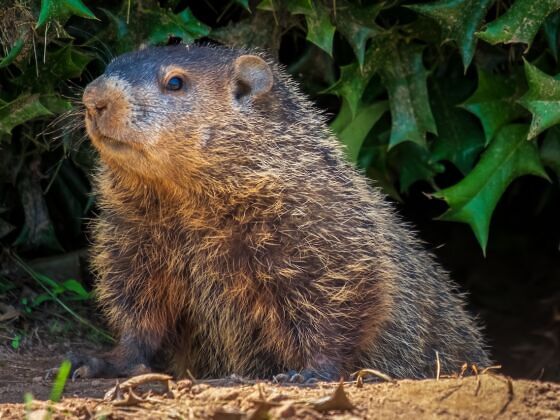It’s February 3rd and it is cold. It will be cold for another five weeks and six days because yesterday it was decided so. It was not a meteorologist or a scientist of any kind who deemed the following six weeks to be extensions of winter. It was neither a god nor a powerful spirit of some kind. It was not Jack Frost.
Yesterday it was a rodent, Latin name Marmota monax, English name groundhog, which is basically a water-less beaver, that extended our already-chilly winter. He did not (and we know it is a “he” for sure — feel free to check for yourself) have to say, “Yup! Six weeks more!” All he had to do was see his shadow, give a few nervous twitters, and scramble into the darkness from whence he came. What a life my friend, Phil, the mascot of the tiny town of Punxsutawney, leads.
